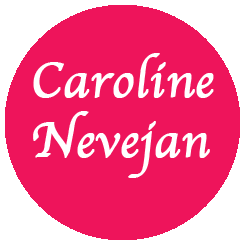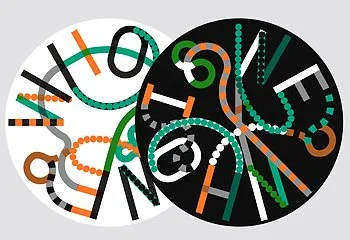Who is We? Dutch Contribution to the Biennale in Venice
WHO IS WE?
Dutch Pavilion at the 17th International Architecture Exhibition of La Biennale di Venezia.
If someone asks you to think about this question, “How will we live together?”, what would be your response?
It is a fantastic question to think about. Imagine – living together in cities or in the countryside, on Mars or maybe on the water, in houses or in nomadic dwellings, in tech-based societies or completely remote in nature, in family- based communities or in different relational constellations, in peace or in war...there are a thousand ways of living together, which to choose?
While you’re making plans for living together in the future, do you also think about who you’d imagine this to be with? Because that might be decisive. Do you think about your friends and family, people like yourself? Do you also think about homeless people, about refugees, about other able persons – or aren’t there any different people in your imagined society? Do you think about people who are different from yourself, in gender, in colour, in sexual preferences, in their behaviour, the opinions they have? Would you even consider living with other species than humans, such as animals, plants, microbes, and robots? Now it’s getting more complex, isn’t it?
And yet, these are the kinds of questions that over 60 countries are thinking about in their presentations in Venice (Italy), where a large architecture exhibition will take place from May – November 2021. The Netherlands is one of these countries. Het Nieuwe Instituut, a cultural organization for architecture, design and digital culture is making the presentation in the Dutch pavilion, which is a small building for exhibitions. We are doing this together with architect Afaina de Jong and artist Debra Solomon. To be honest, we more or less did the same thinking exercise that I asked you to do. And our conclusion was that before we can even think of possible ways of how we can live together, it is crucial to answer this other question first: Who is We?
“Ok, but why is that crucial?,” I can hear you wondering. The answer is very simple: for the sake of the earth and ourselves as human beings. The earth is a rich ecosystem that flourishes through interactions between species and their surroundings. Loss of species means less relationships, the emergence of monocultures and the impoverishment of the earth.
In the end, this will mean that less life is possible on earth. You could argue that we, as humans, are such an ecosystem as well. But this system is also out of balance because of the existence of racism, the exploitation of children and the misuse of power for the well-being of only a small group. Architects play an important role in designing spaces for our living together. If they acknowledged that ‘we’ should encompass all humans and more-than-humans, such as soil, plants, animals, and microbes, it might lead to different kinds of cities. An exhibition in a pavilion is, of course, not the same as working in the real world.
This is why we have asked Caroline Nevejan, who works for the city of Amsterdam, to research how these questions are answered in daily life by designers and researchers. By talking to many people who live in different places, she learned that we need to invent new values for living together, in which all humans, and more-than- humans have a voice. This is the kind of multivocality needed to create the relationships necessary to survive. And guess what? This can be summarized in just one word: Rhythm. Caroline Nevejan, together with designer Huda AbiFarès, 10 researchers and 15 artists, will show you how.
Francien van Westrenen, curator of "Who is We?"



